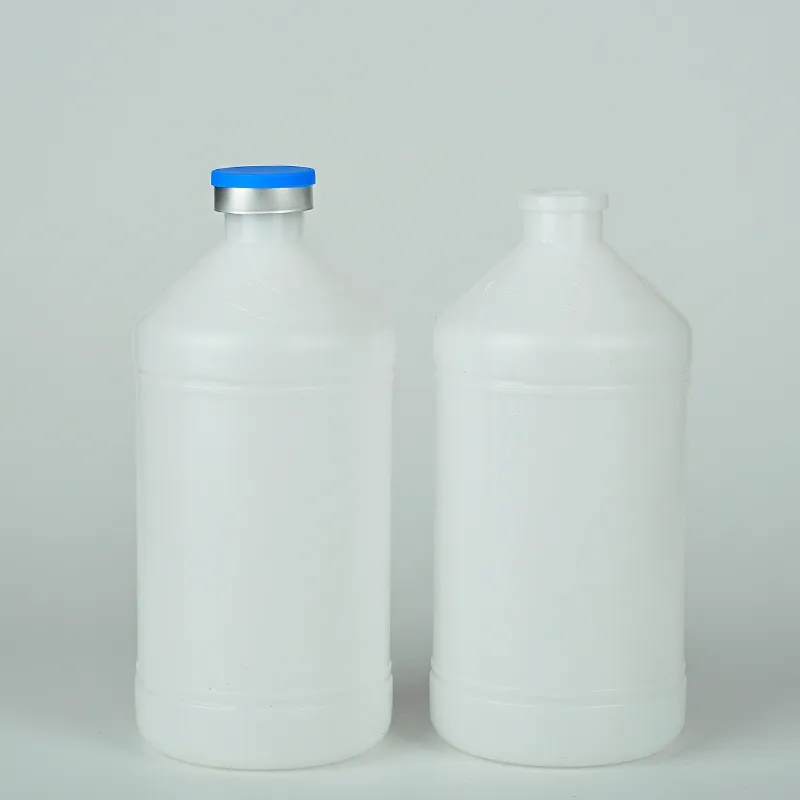petri dish how to use
How to Use a Petri Dish A Step-by-Step Guide
Petri dishes, also known as Petri plates, are indispensable tools in microbiology, commonly used for culturing microorganisms and cells. Named after the German bacteriologist Julius Richard Petri, these shallow, flat dishes provide an ideal environment for observing microbial growth. This article will guide you through the process of using a Petri dish effectively.
Materials Required
1. Petri Dish Usually made of glass or plastic. 2. Agar This gel-like substance serves as the growth medium for bacteria. It can be purchased pre-prepared or made at home. 3. Inoculating Loop A tool used to transfer and streak samples onto the agar surface. 4. Sterile Swabs For collecting samples from various environments. 5. Incubator Maintains optimal temperature for growth. 6. Lid To cover the dish and prevent contamination.
Step-by-Step Instructions
1. Preparation of the Agar Medium If you are preparing the agar from scratch, dissolve the appropriate amount of agar powder in distilled water and bring it to a boil. Once fully dissolved, allow the mixture to cool slightly but not solidify. Pour the liquid agar into sterile Petri dishes until they are about one-third full. Let the agar solidify at room temperature.
2. Sampling Techniques To introduce microorganisms to your Petri dish, you can use various sampling techniques. If you're testing a surface, use a sterile swab to collect your sample. For air sampling, you can leave an open Petri dish in a selected area for a set duration, allowing airborne microorganisms to settle on the agar surface.
petri dish how to use

3. Inoculating the Petri Dish Using an inoculating loop, streak the collected sample onto the surface of the solidified agar. For streaking, hold the loop horizontally and gently drag it across the agar surface in a zigzag pattern, taking care not to gouge the agar. This technique will help in isolating individual colonies.
4. Sealing and Incubating After inoculating the dish, securely cover it with its lid to prevent contamination. If using a plastic dish, you can seal it with parafilm. Place the Petri dish in an incubator set to the appropriate temperature for the growth of the microorganisms being cultured. For bacteria, this is often around 37°C (98.6°F).
5. Observation Check the dishes regularly for growth, which may appear as individual colonies or a layer of film on the surface. Use a microscope for more detailed examination. Document your observations, noting the number, color, shape, and size of colonies.
6. Disposal After your experiment is complete, dispose of the Petri dishes according to local regulations regarding biohazard waste. Autoclaving is often required to sterilize the materials before disposal.
Conclusion
Using a Petri dish is a straightforward yet crucial process in microbiological research. By following these steps, you can effectively culture and analyze microorganisms in a controlled environment. Always prioritize safety and proper sterile technique to ensure valid results and minimize contamination. Happy experimenting!
-
Aesthetic Makeup Spray Bottles | Fine Mist Empty RefillableNewsAug.19,2025
-
White Plastic Veterinary Vaccine Vials | Lab Liquid BottlesNewsAug.18,2025
-
Plastic Medicine Liquid Bottle: Secure Flip Top Drug VialsNewsAug.17,2025
-
Durable 250ml Blue Plastic Vaccine Vial for Lab & Vet UseNewsAug.16,2025
-
Sterile Virus Sample Tubes: Secure & Reliable Specimen CollectionNewsAug.15,2025
-
White 250ml Plastic Vaccine Vial for Lab & Vet MedicineNewsAug.14,2025
























